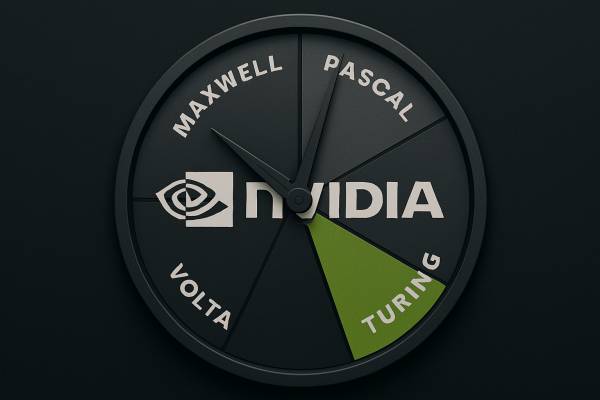ADATA has introduced the first SD Express 8.0 memory card in its Premier Extreme series. The card has 512 GB of storage and offers read speeds up to 1.6 GB/s and write speeds up to 1.2 GB/s. This is about twelve times faster than regular UHS‑I cards, four times faster than UHS‑II, and quicker than many entry‑level NVMe SSDs.
It uses the PCIe Gen3 x2 interface and the NVMe protocol—the same technology found in SSDs for PCs and gaming consoles. Back in 2018, the SD Association laid the groundwork in the SD 7.0 standard, allowing SD cards to use PCIe lanes and the NVMe protocol. Entry‑level SD Express (SD 7.0) cards have a theoretical top speed of 985 MB/s (PCIe 3.1 x1), while SD 8.0 cards with PCIe 4.0 x2 can reach up to 4 GB/s in theory.
In real‑world use, speed‑class ratings matter: this ADATA card is rated U3 and V30, which guarantee a minimum sustained write speed of 30 MB/s. The “E” rating in SD Express (for example, E150) means the card can sustain at least 150 MB/s of writes, but most SD Express cards on the market today only carry the basic U3/V30 ratings.
The ADATA Premier Extreme SD Express 8.0 card also includes built‑in LDPC ECC error correction, supports simultaneous connections to multiple devices, and meets industry standards for protection against water, shock, X‑rays and static electricity, while operating reliably across a wide temperature range.
These high speeds and large capacity are especially useful for professional video work—like 4K recording and handling RAW files—which is a big plus for YouTubers and content creators. However, since most smartphone makers no longer offer expandable storage, microSD SD Express is likely to become more common mainly through support on devices like the Nintendo Switch 2. Currently, these cards cost several times more than internal SSDs, but manufacturers expect prices to drop as the technology becomes more widespread.
ADATA has not yet announced a release date or pricing. More details about the product launch and plans for larger capacities are expected at the Computex trade show.
































